Tamales, 12 grapes, king cake: See how different cultures ring in the new year with food
New Year's Eve is a cause for celebration for many different communities.
As the clock strikes midnight, wishes of "Happy new year," "feliz año nuevo," and "bonne année" erupt at parties and plazas around the world. Different cultures and countries tie special meaning to the new year and celebrate with different traditions and superstitions to bring good luck and new opportunities.
Specialty food is one common custom that brings communities together during the new year season. Whether you're eating 12 grapes at the stroke of midnight or passing bowls of black-eyed peas and collard greens around the dinner table on New Year's Day, you're doing it for good luck in the coming year.
Check out these unique food customs from around the world that celebrate the new year and are believed to bring good fortune to those who participate:
Southern cooking and black-eyed peas
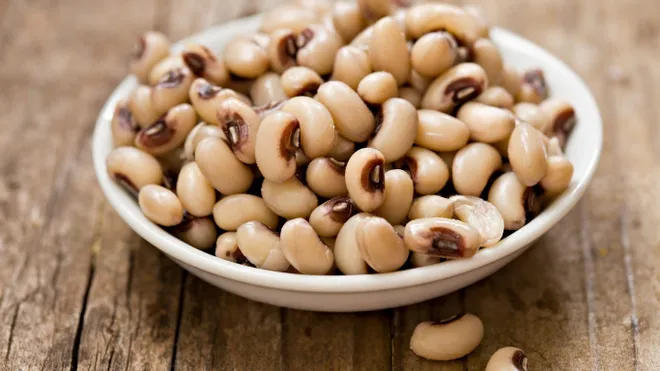
On New Year's Day, it's a southern staple to eat black-eyed peas and collard greens.
Black-eyed peas are supposed to bring good luck and collard greens bring financial prosperity, according to Southern Living.
Black-eyed peas are also connected to a "mystical and mythical power to bring good luck," according to John Egerton, a Southern food researcher in his book "Southern Food: At Home, On the Road, In History."
Eating collard greens is said to ensure a financially prosperous new year.
Rice cake and dumpling soup in South Korea
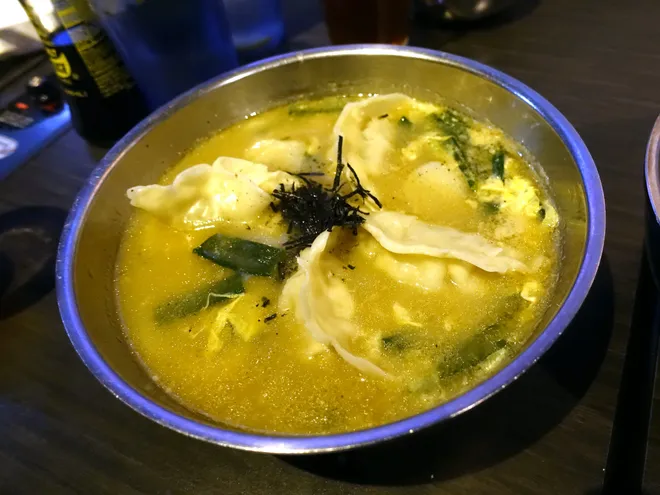
In South Korea, it is tradition to eat rice cake and dumpling soup on New Years Day, according to New York Times Magazine columnist, Eric Kim.
Whether ringing in the new year by the Gregorian or lunar calendar, eating a bowl of rice cake soup marks the passing of a year.
"The rice cakes, white as snow and shaped like little coins, symbolize purity and fortune; the long, cylindrical logs from which these rounds are cut, called garae tteok, are said to represent long life," Kim writes.
Tamales are associated with family, unity and celebration
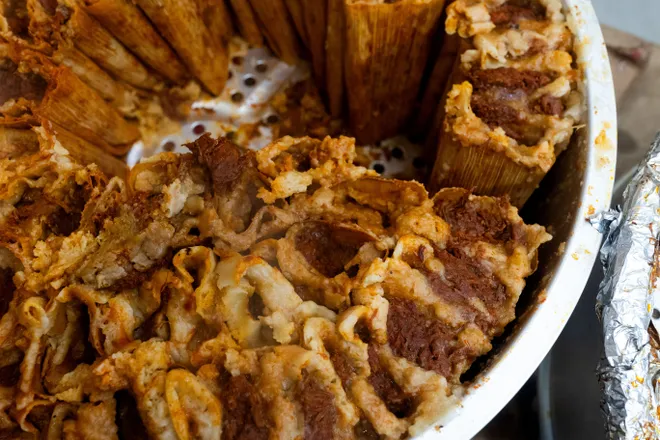
Tamales, corn dough stuffed with meat, cheese, and other add-ons wrapped in a banana leaf or a corn husk, are very popular for special occasions in Mexico.
Tamales symbolize family, according to History.com. Generations of family gather together to make the labor-intensive food that will be eaten throughout the holiday season.
In Mexico, the holiday season spans from Dec. 12, the Feast of Our Lady of Guadalupe, to Jan. 6, Three Kings Day.
12 grapes at midnight
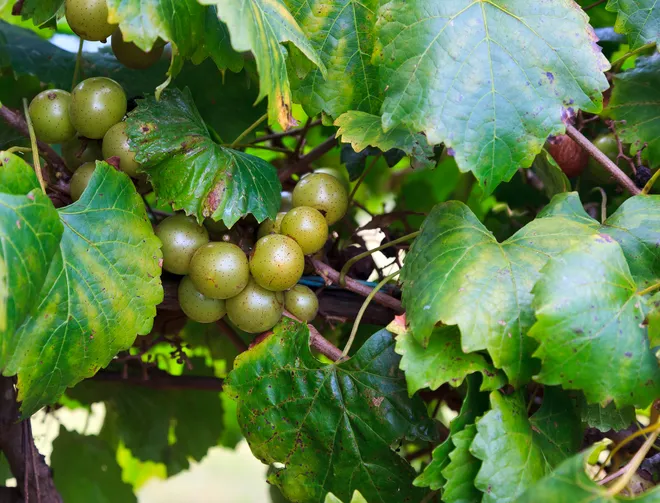
The tradition of eating 12 grapes at midnight and making a wish on each grape originates in Spain.
While there's debate about when the superstition began – whether in the late 19th or early 20th century – people have been eating their 12 grapes at midnight across the world, predominantly in Hispanic and Latin countries.
It is believed that eating one grape per clock chime will bring the person good luck in the new year, according to NPR. Each grape represents a month in the year.
King cake spans many cultures

A New Year’s cake is a food custom that spans many cultures.
"The Greeks have the Vasilopita, the French the gateau or galette des rois. Mexicans have the Rosca de Reyes and Bulgarians enjoy the banitsa," writes Amanda Kludt in CNN Travel.
Most king cakes are consumed on midnight on New Year's, although some cultures eat king cake on Christmas or on Jan. 6 in honor of the Epiphany (Twelfth Night, which historically marks the arrival of the three wise men/kings in Bethlehem who delivered gifts to the baby Jesus). Inside the cake is a hidden gold coin, figure or sometimes a plastic baby, which symbolizes a prosperous year for whoever finds it in their slice, according to Eater.
In New Orleans, king cake and Mardi Gras are deeply connected. These cakes can be found beginning in early January and are available up until Ash Wednesday and the start of Lent.
Fish: Seared, pickled, and more
Fish signifies abundance, and is a sign of prosperity, and is consumed by many different cultures around the world during new year celebrations.
"It can be considered a symbol of abundance because fish swim in big schools or a sign of good fortune for their shiny scales," according to the Pioneer Woman
In Chinese, "fish" is similar to the word "surplus."
According to Delish, the way fish is prepared differs depending on where you live.
"In Asian cultures, people feast on whole fishes around the Lunar New Year, and in Europe, people eat carp, herring, and cod," according to the site.
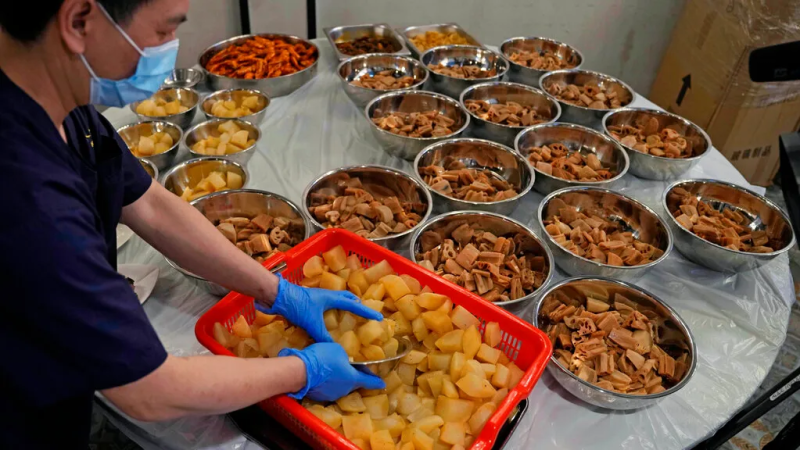
Gianna Montesano contributed to this reporting
Disclaimer: The copyright of this article belongs to the original author. Reposting this article is solely for the purpose of information dissemination and does not constitute any investment advice. If there is any infringement, please contact us immediately. We will make corrections or deletions as necessary. Thank you.







